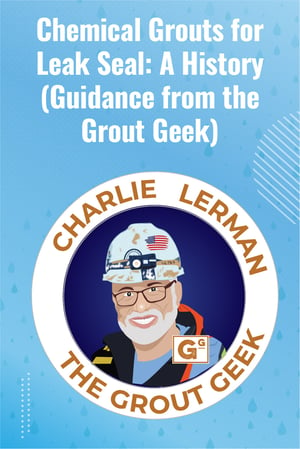
 Polyurethane foam was first discovered in 1937 by Dr. Otto Bayer who lived in Leverkusen, Germany. Bayer was a German chemist and was the head of the research group that discovered this new material. His fundamental idea of combining small volumes of chemical substances together to react into a dry foam material was viewed to be an impossibility. But after many trials and difficulties, Bayer eventually succeeded in synthesizing the first polyurethane foam.
Polyurethane foam was first discovered in 1937 by Dr. Otto Bayer who lived in Leverkusen, Germany. Bayer was a German chemist and was the head of the research group that discovered this new material. His fundamental idea of combining small volumes of chemical substances together to react into a dry foam material was viewed to be an impossibility. But after many trials and difficulties, Bayer eventually succeeded in synthesizing the first polyurethane foam.
Polyurethane was initially used as a cheap replacement for rubber. Widespread use began in World War II when many other materials became scarce. Polyurethane use quickly spread as a key component in many products, from specialized paper to protective military garments to gloss finishes and protective coatings.
In the 1950s, many companies such as DuPont, BASF, Dow, and Union Carbide started producing polyurethane for an even wider variety of applications including adhesives, insulation, and foam upholstery cushions. By the 1960s, polyurethane began being used for grouting purposes as we know it today. Here’s a brief snapshot of the history of polyurethane grouting:
- The 3M Company in the United States and Takanaka in Japan both introduced polyurethane grouts in the 1960s.
- 3M’s product was called Elastomeric Sewer Grouting Compound. As the name indicates, it was intended for use in underground utilities.
- Takanaka’s product was called Takanaka Aqua-Reactive Chemical Soil Stabilizer (TACSS). As the name indicates, it was intended for use in soil stabilization projects.
- In the early 1980s, DeNeef obtained the rights to TACSS and began distributing polyurethane grout worldwide. By the mid-1980s, there were almost a dozen manufacturers of polyurethane grouts.
Alchemy-Spetec CEO Stephen C. Barton started his career pumping 3M 5600 to seal cracks in the Atlanta subway system back in 1985. He was amazed at what it could do back then, and we're all still amazed at what our products do today. Despite still being specified in outdated documents, 3M exited the business many years ago and no longer manufactures the grout. In the last few decades, polyurethane grouting has become a widely accepted method for sealing leaks, stabilizing soil, and lifting slabs.


